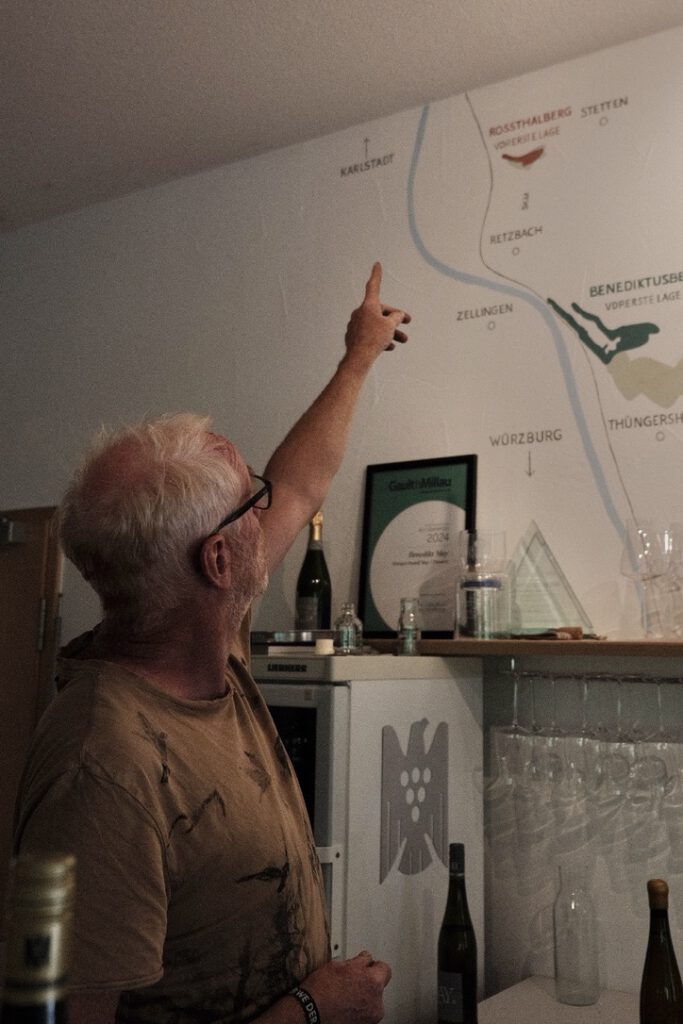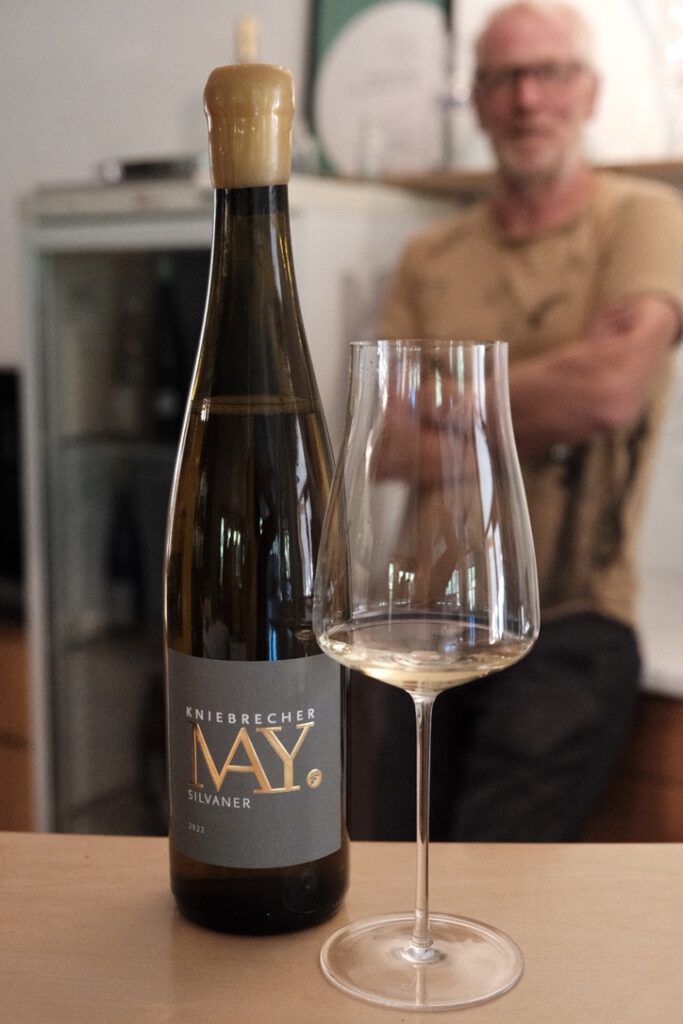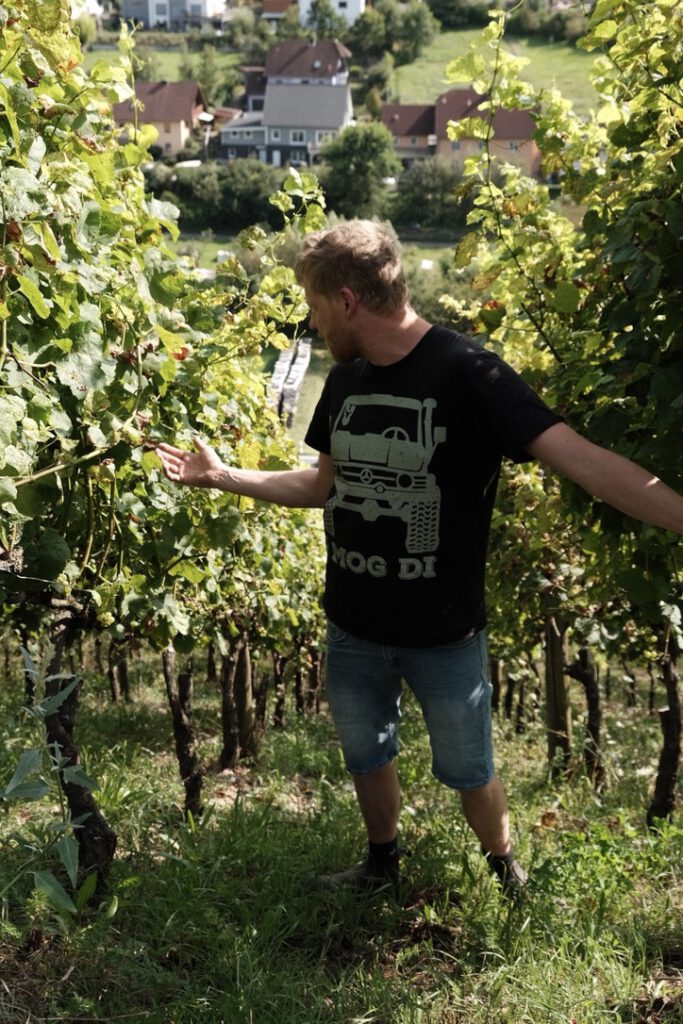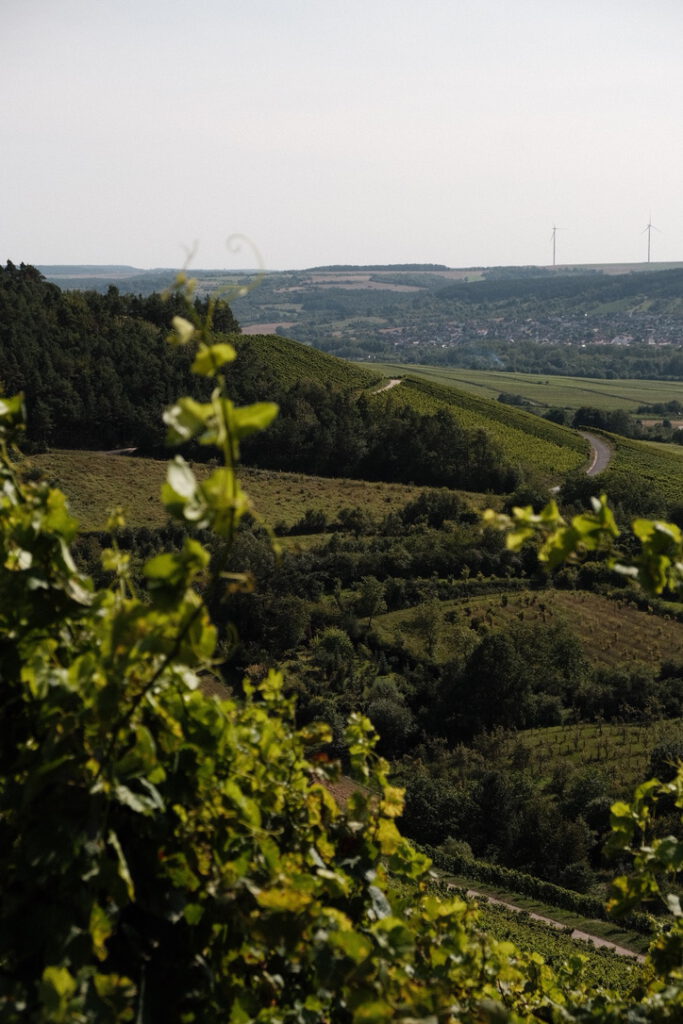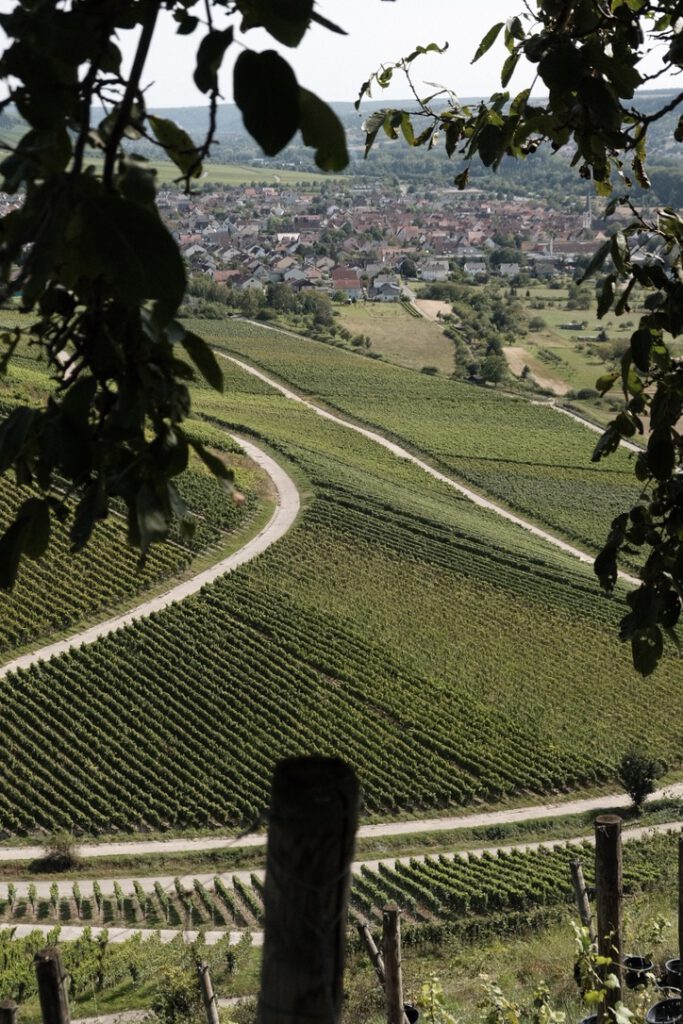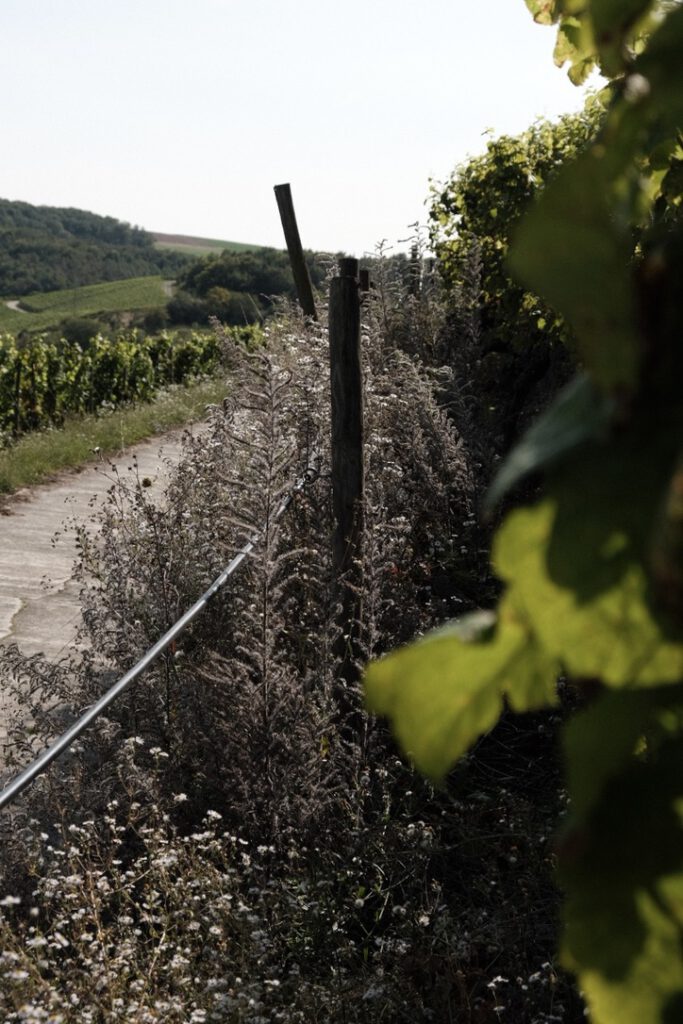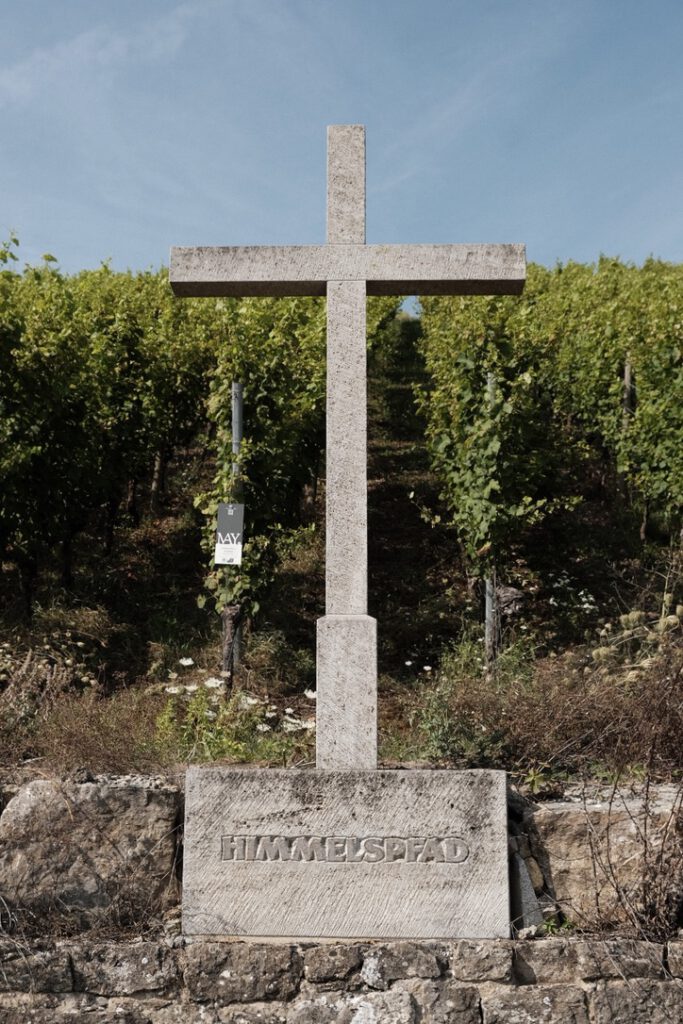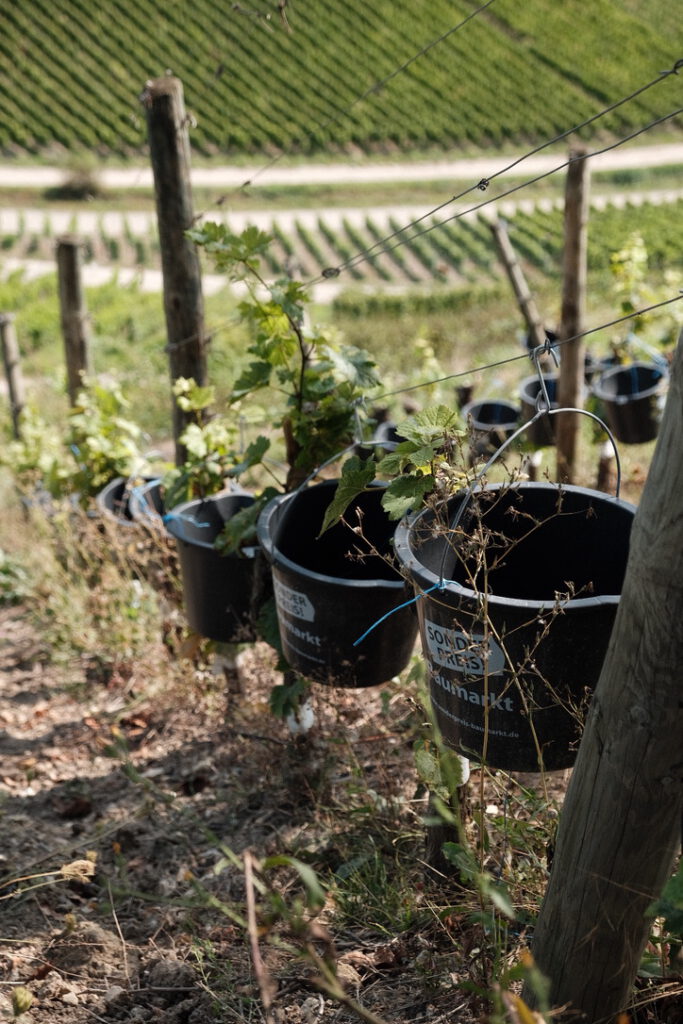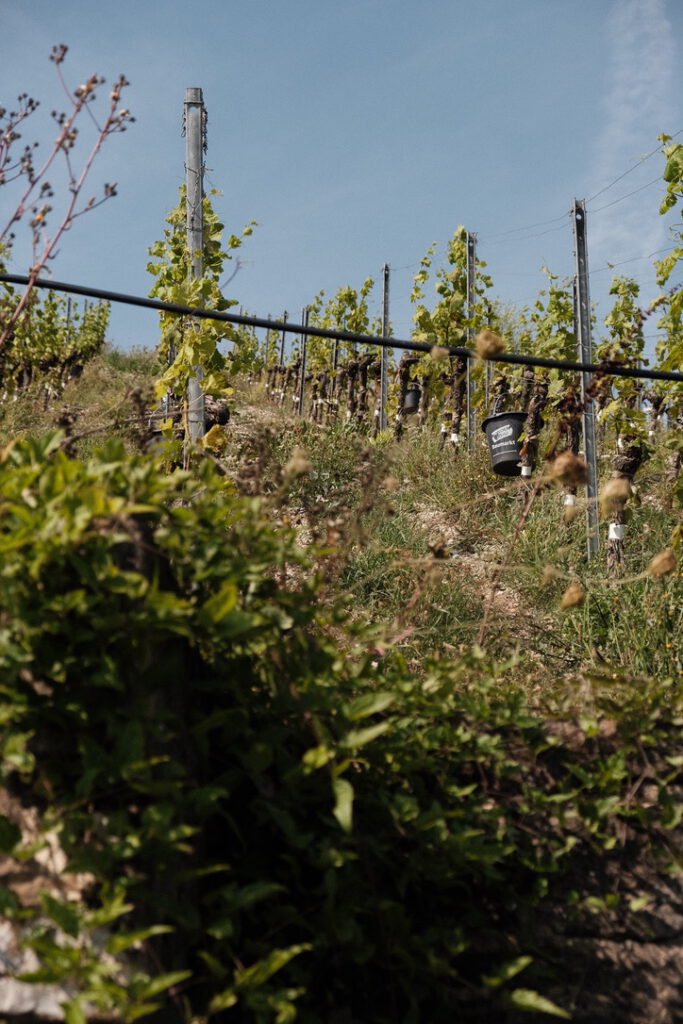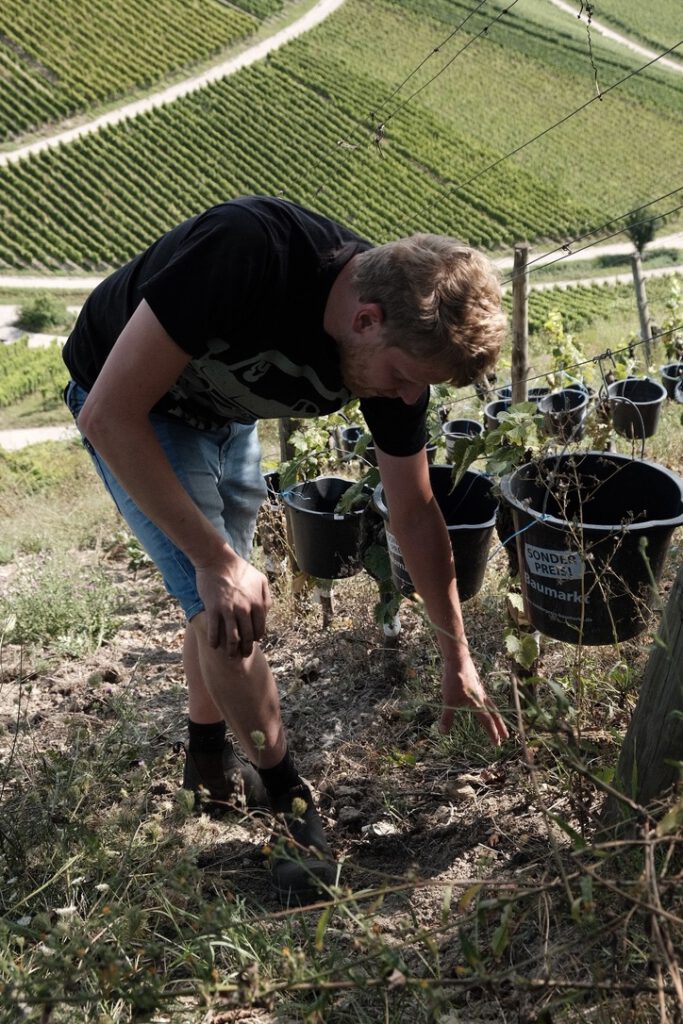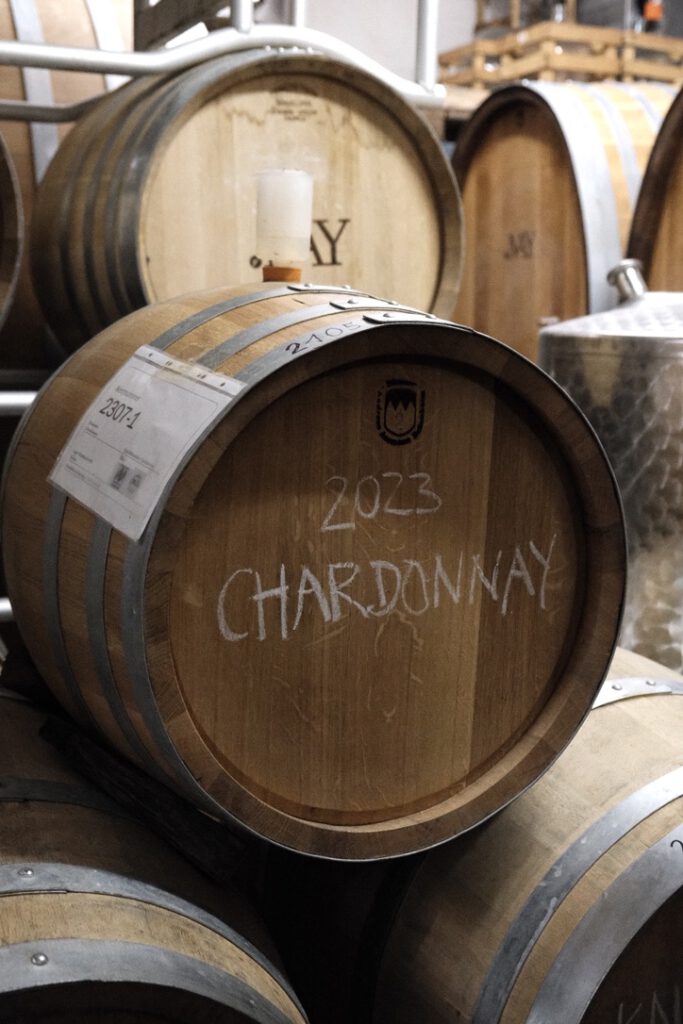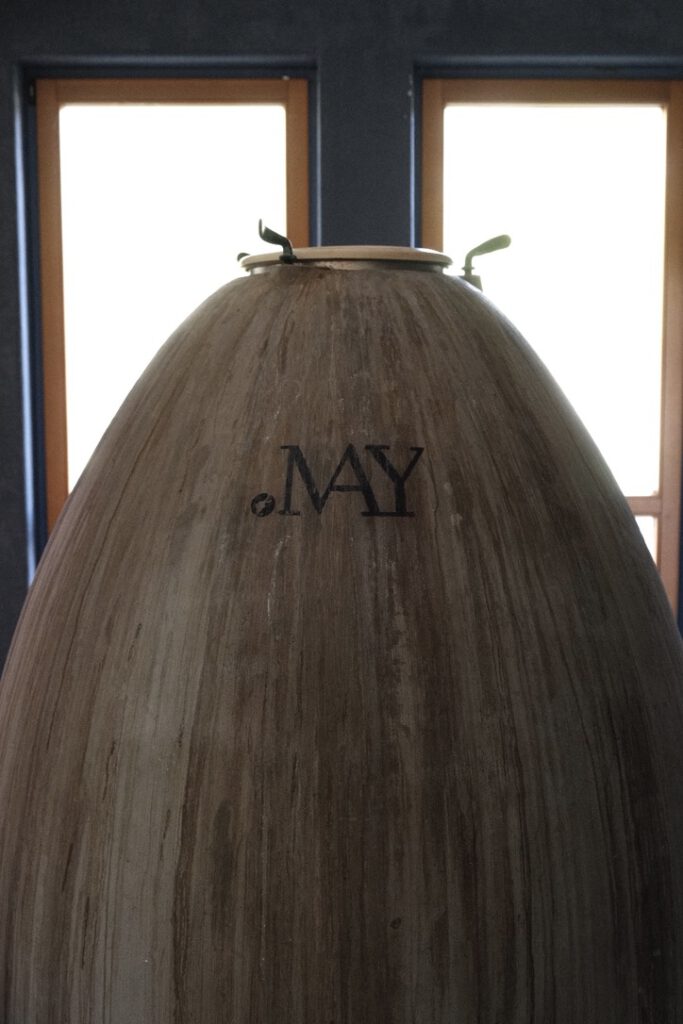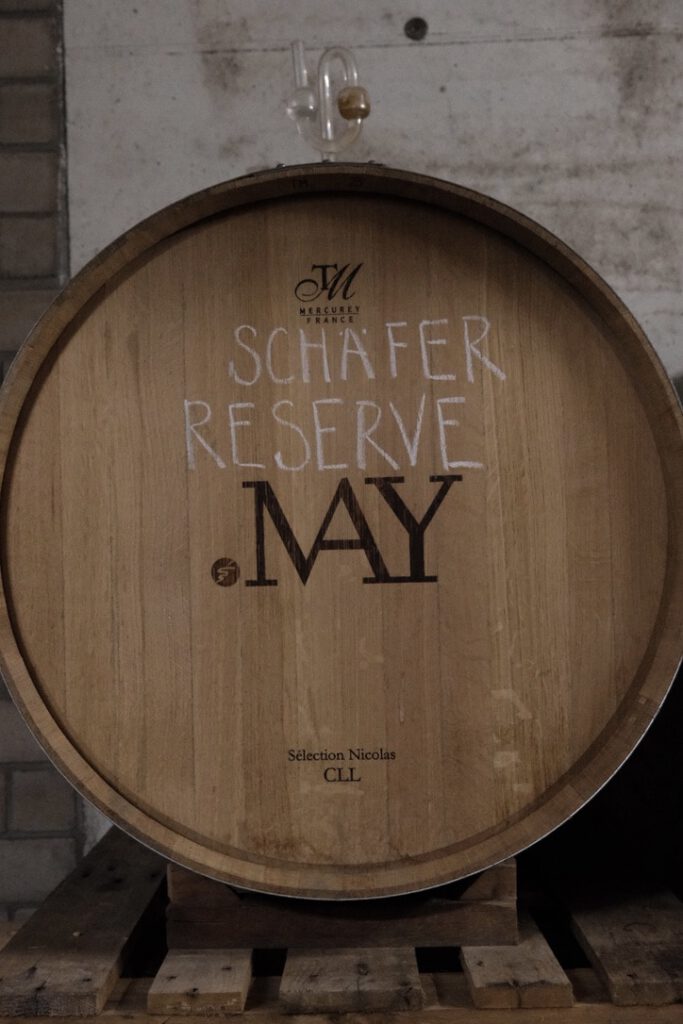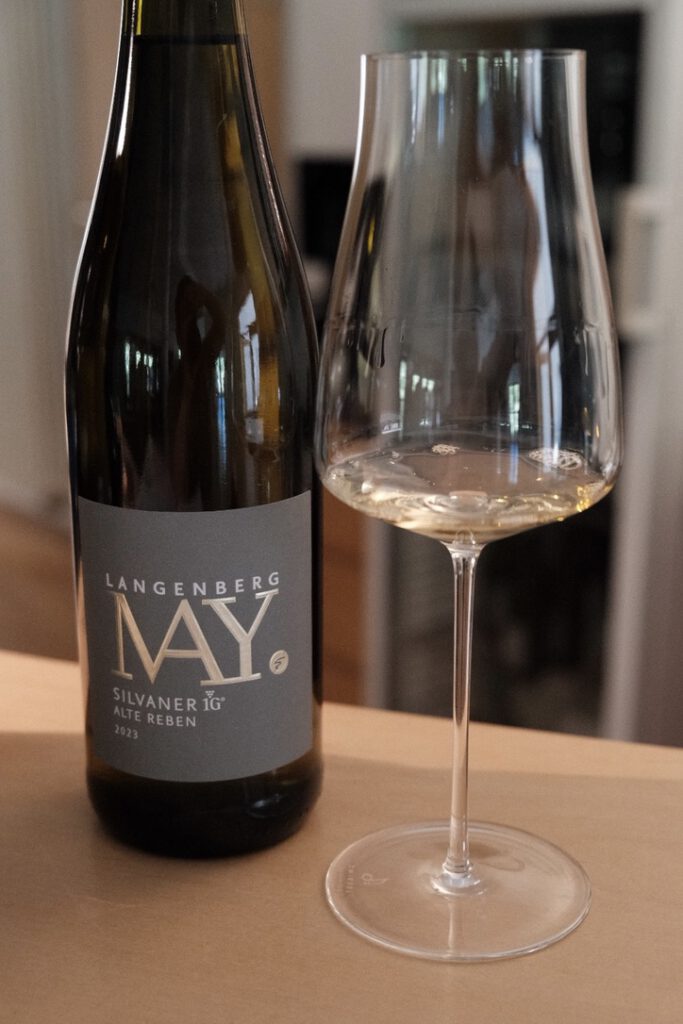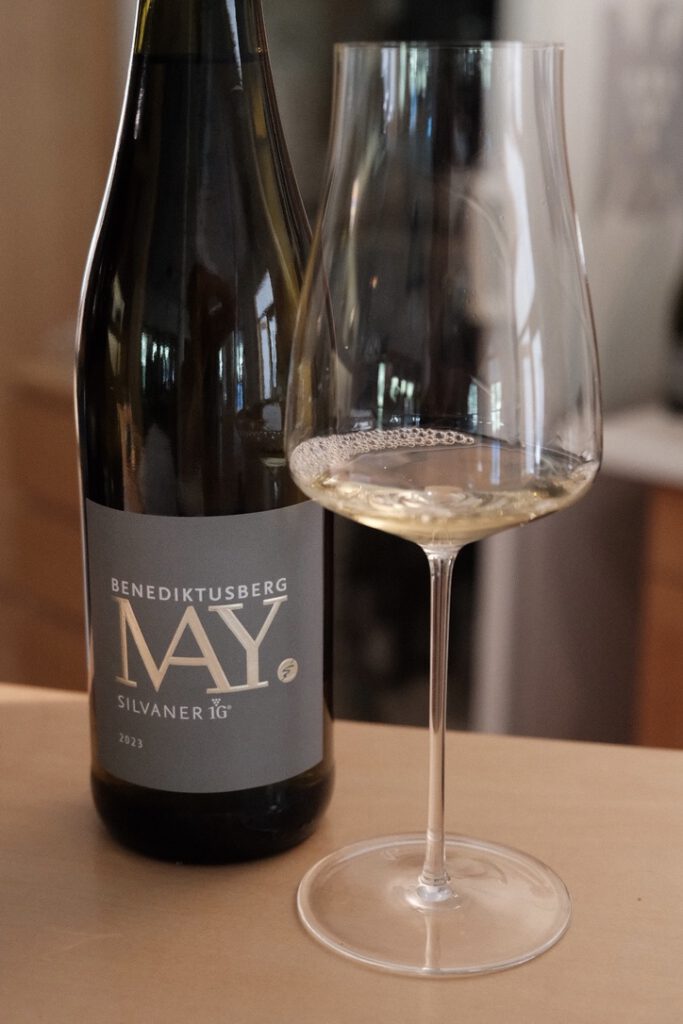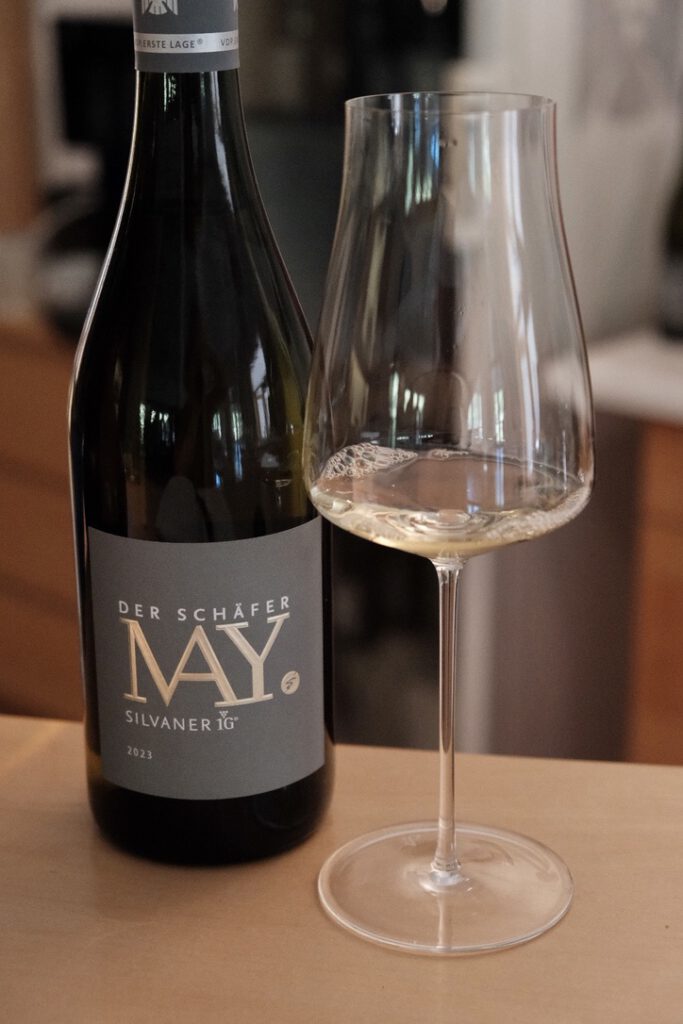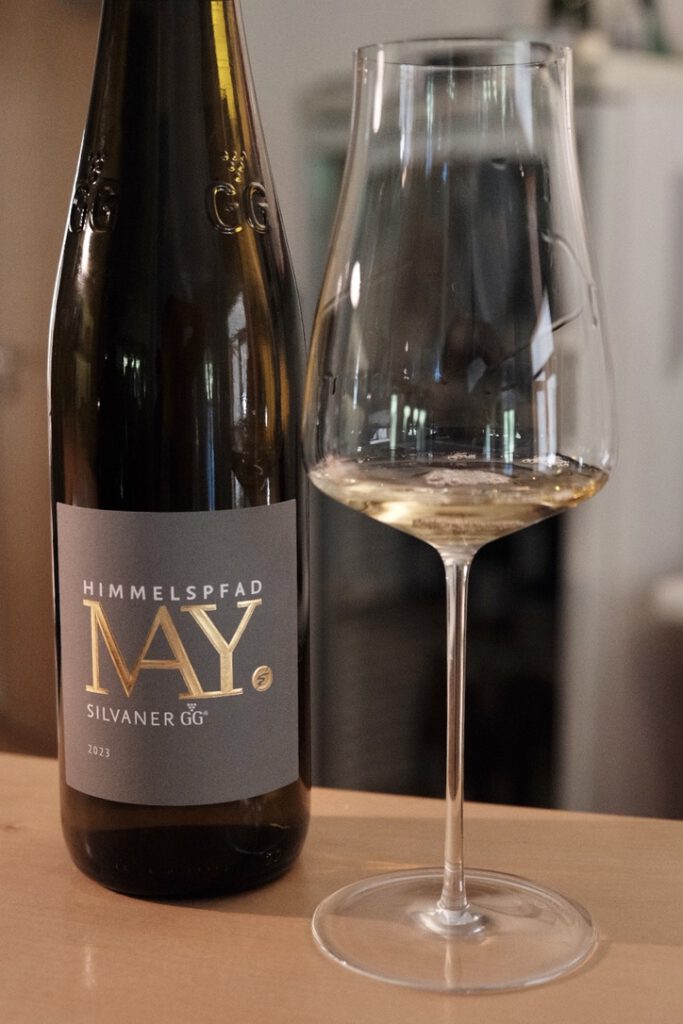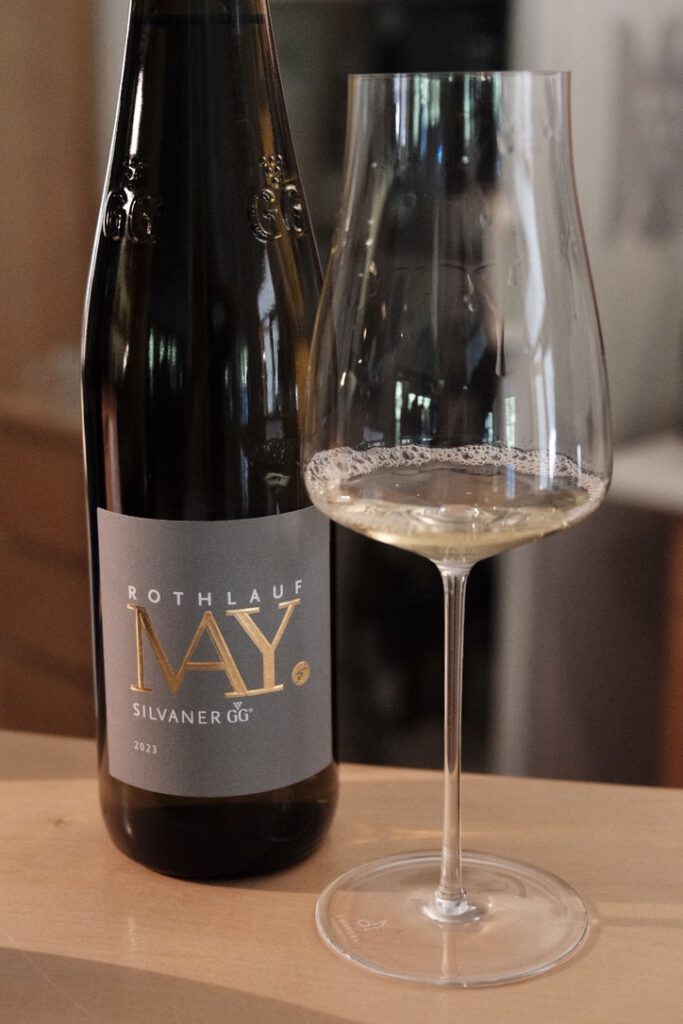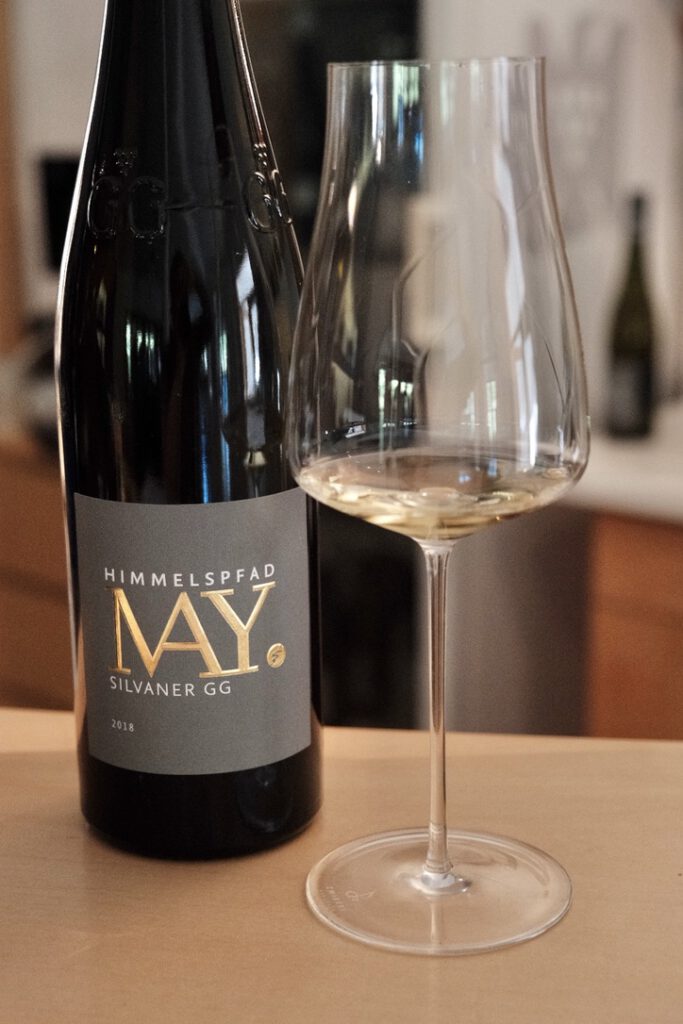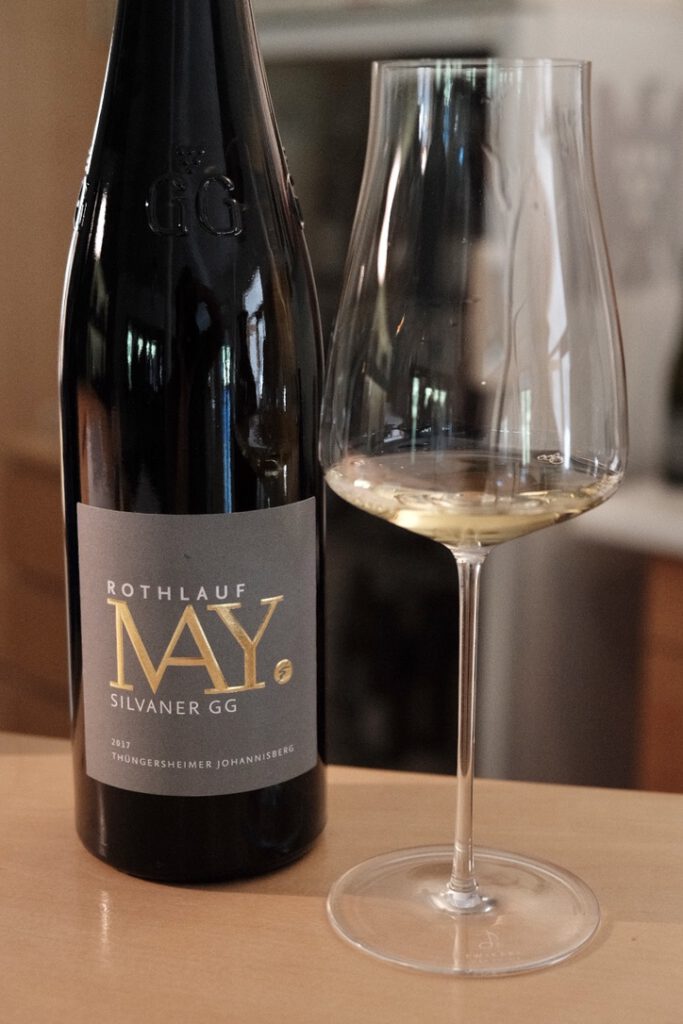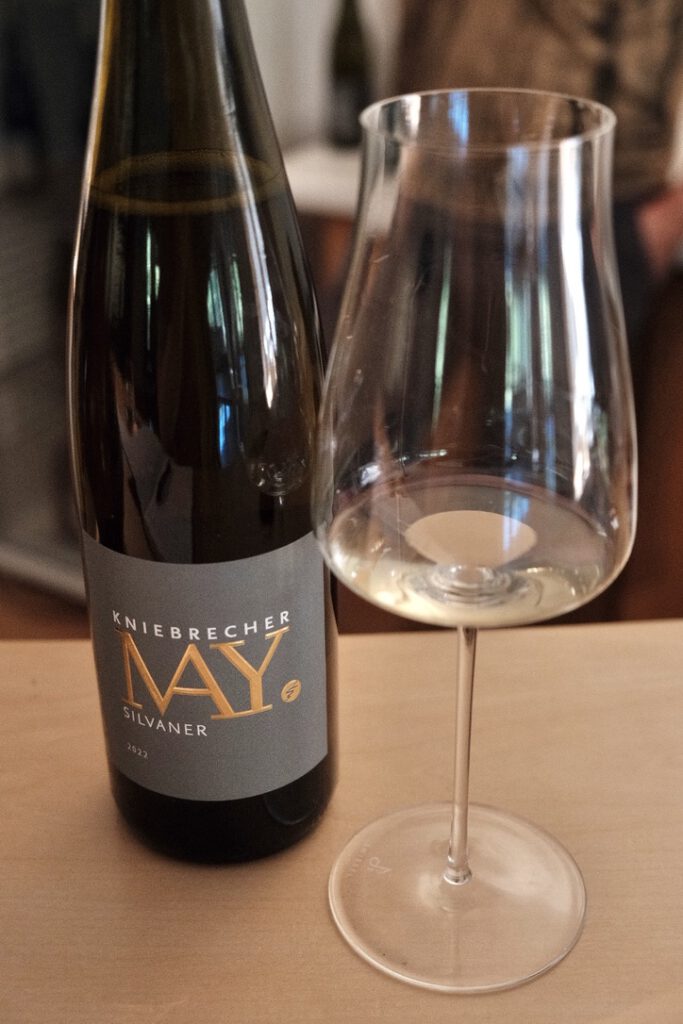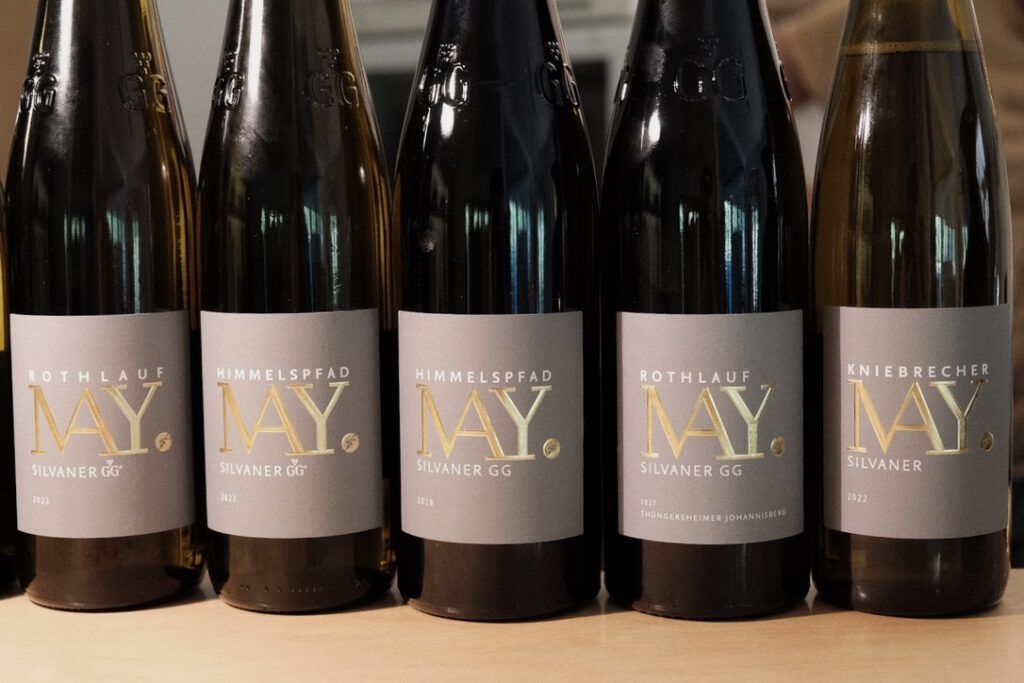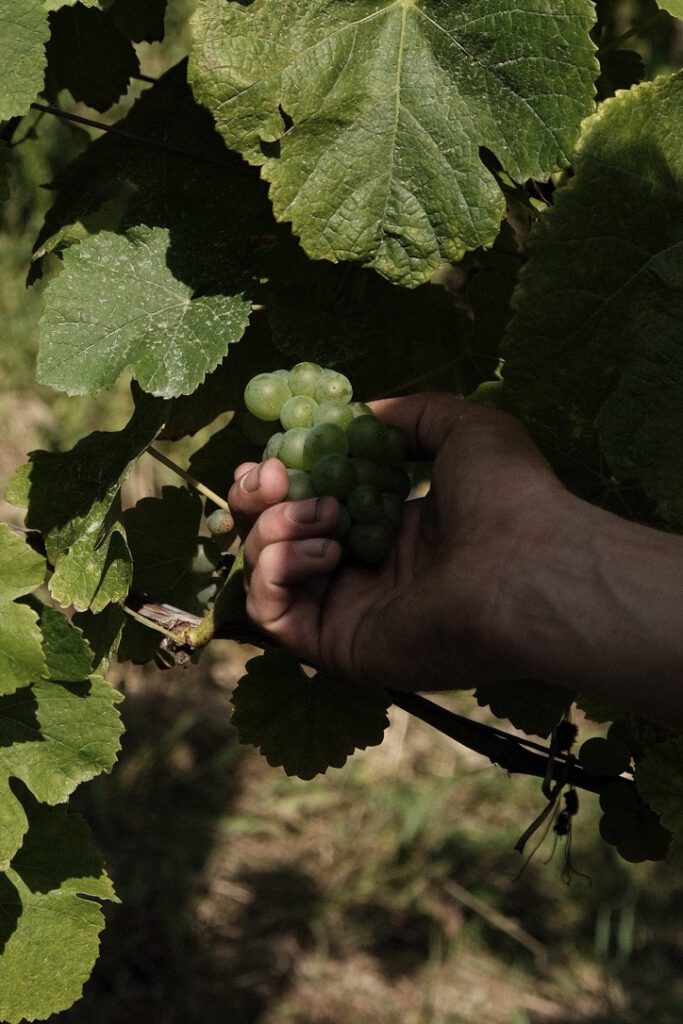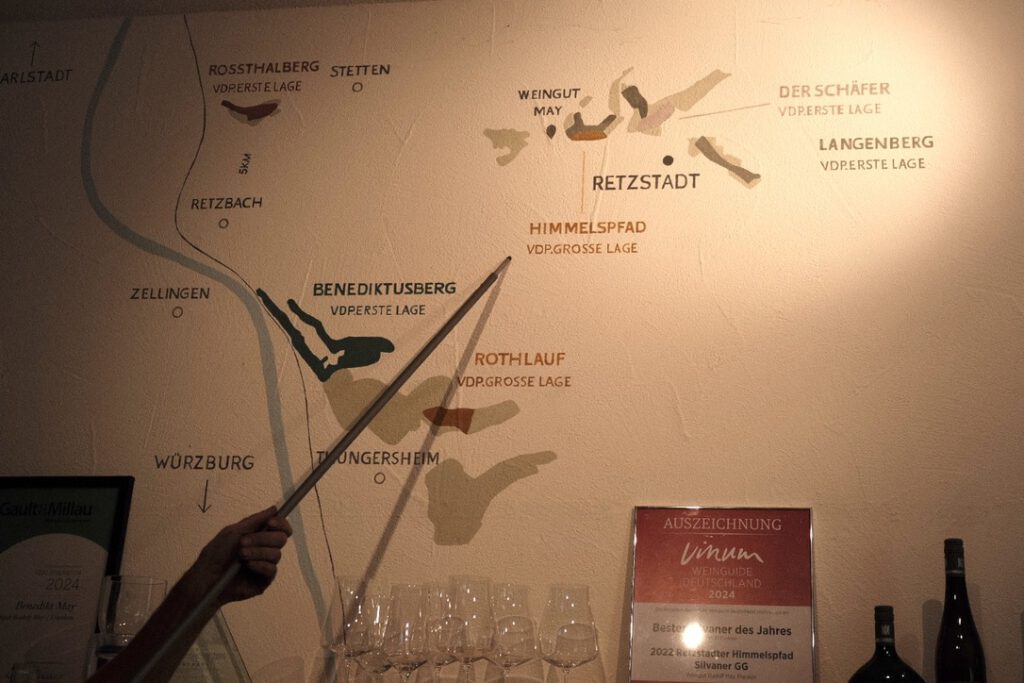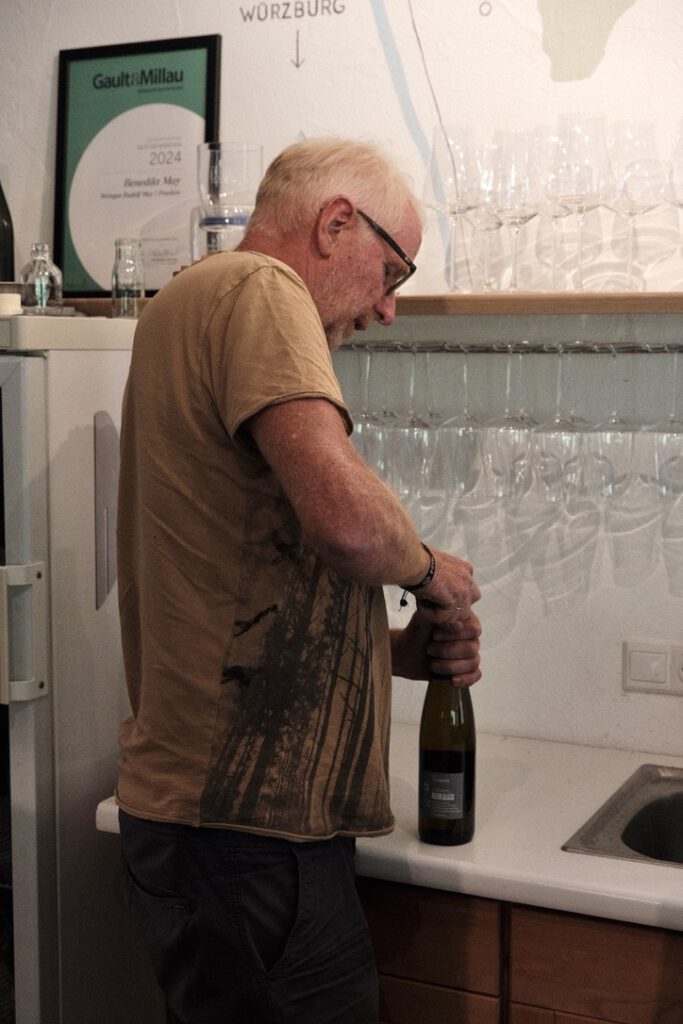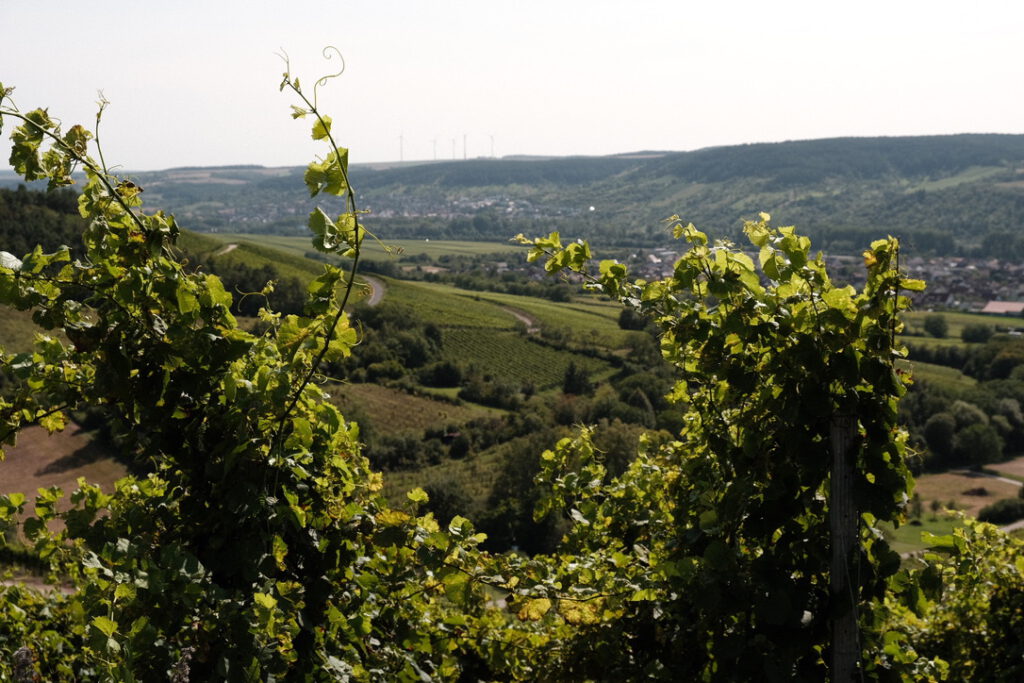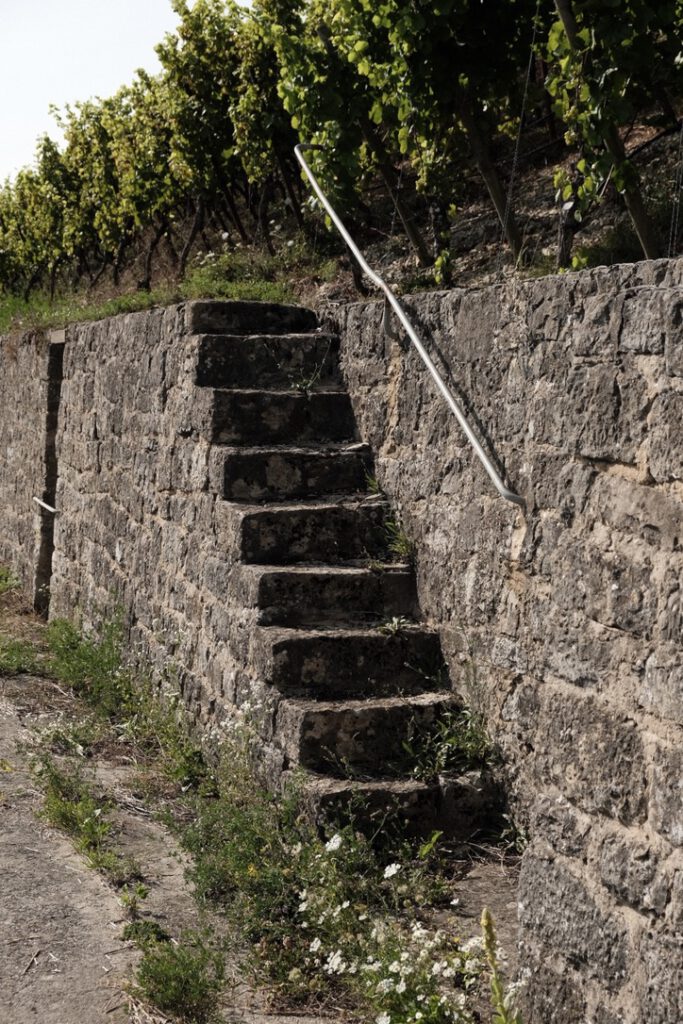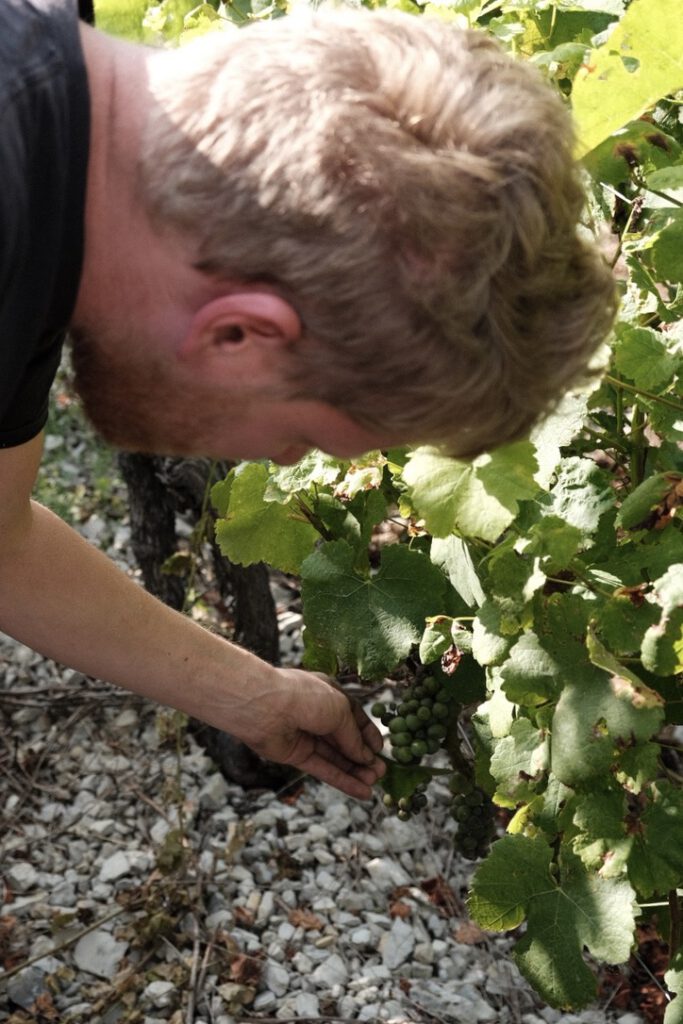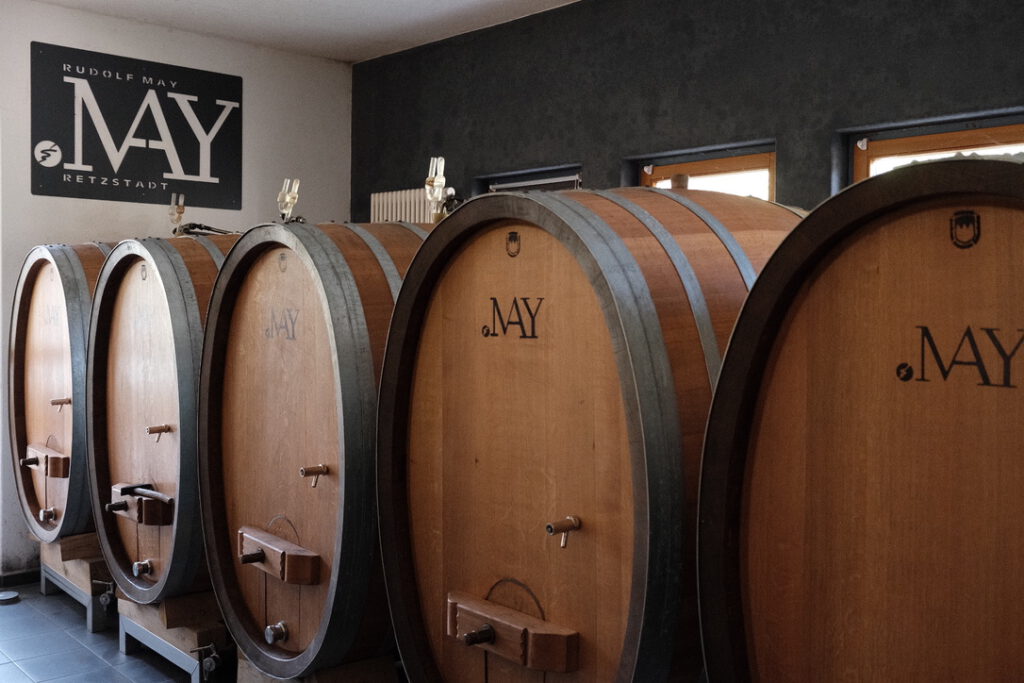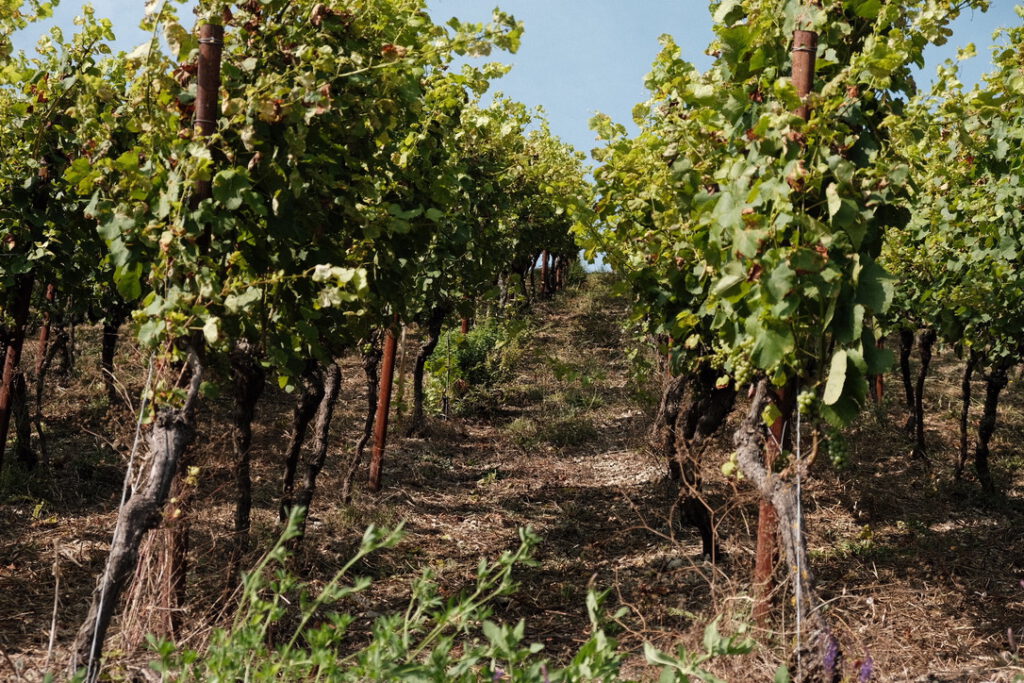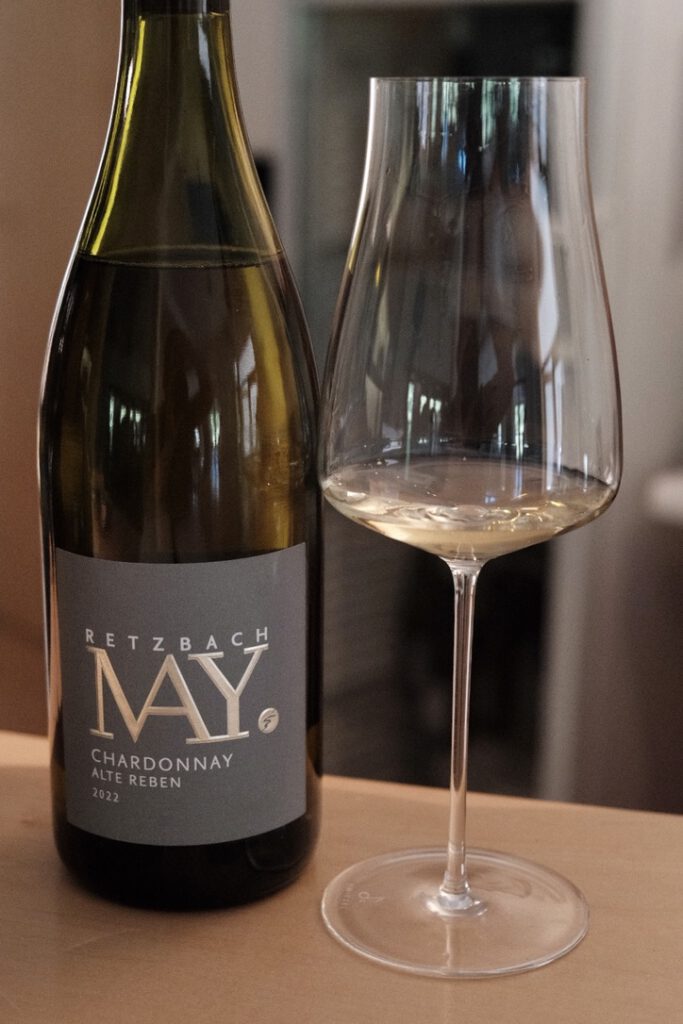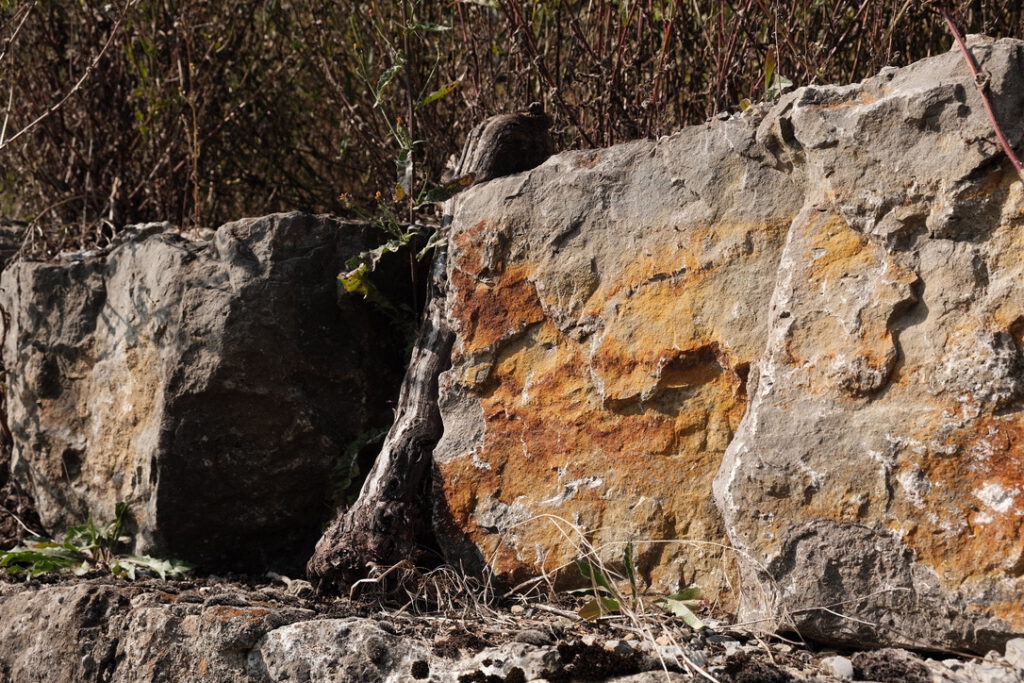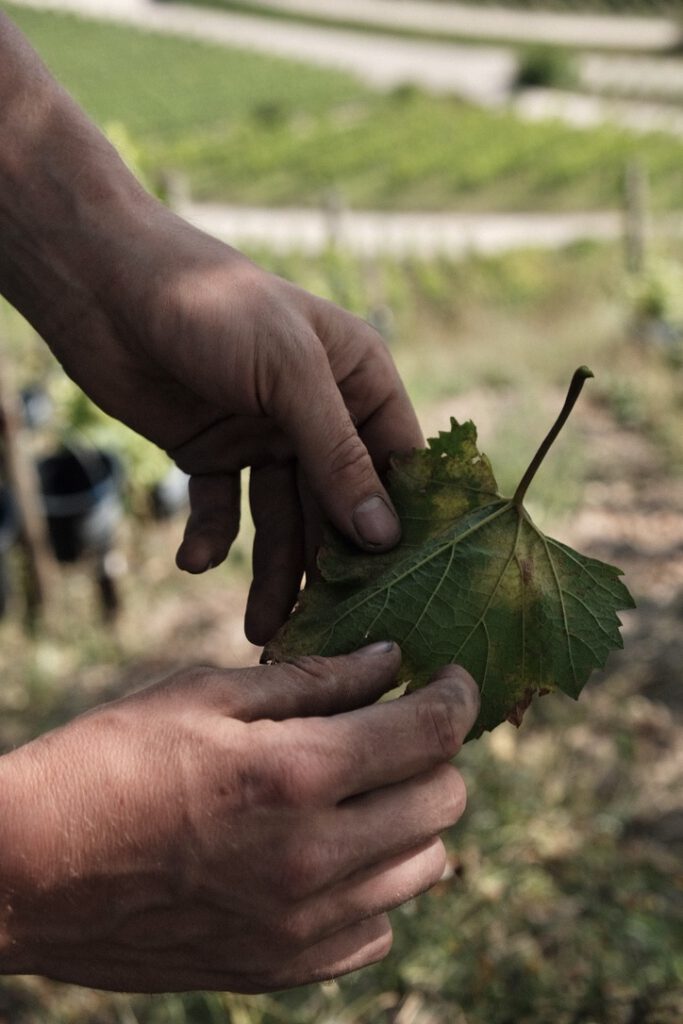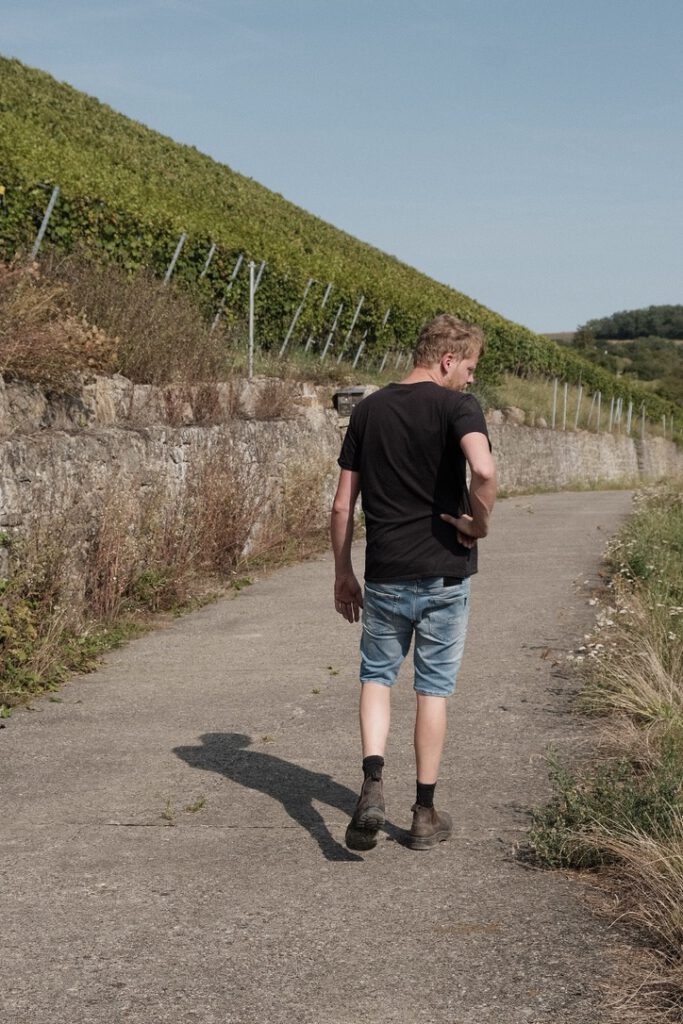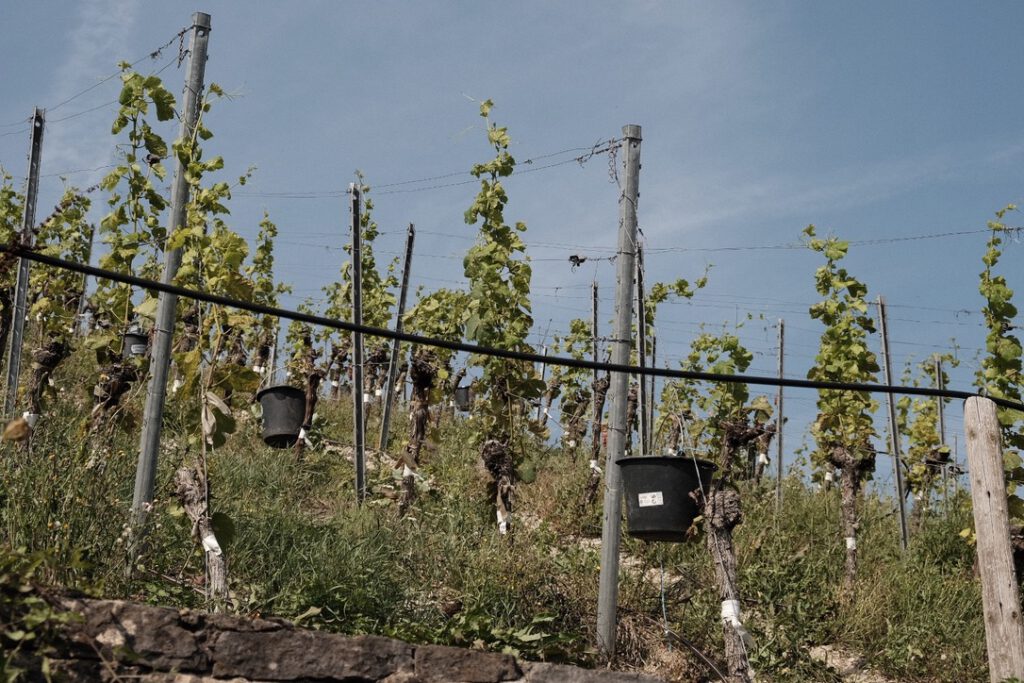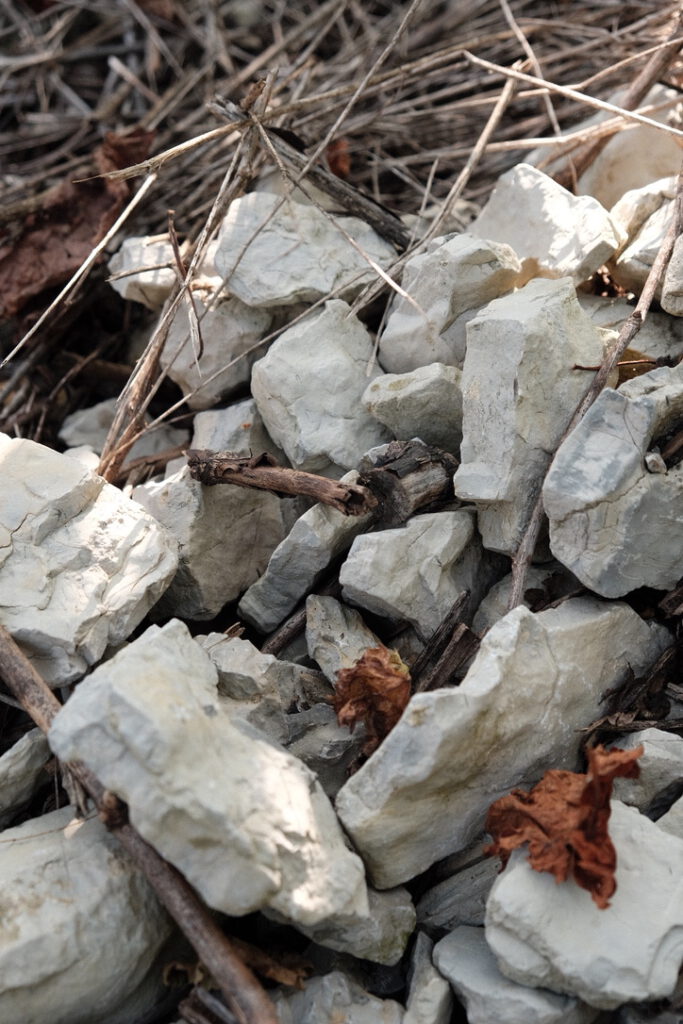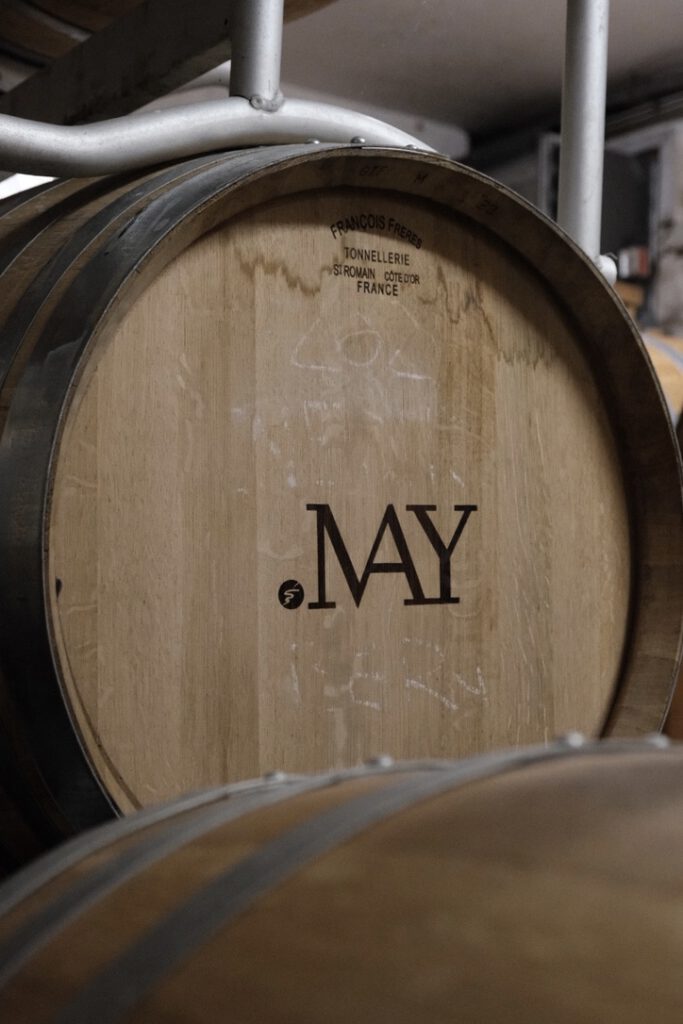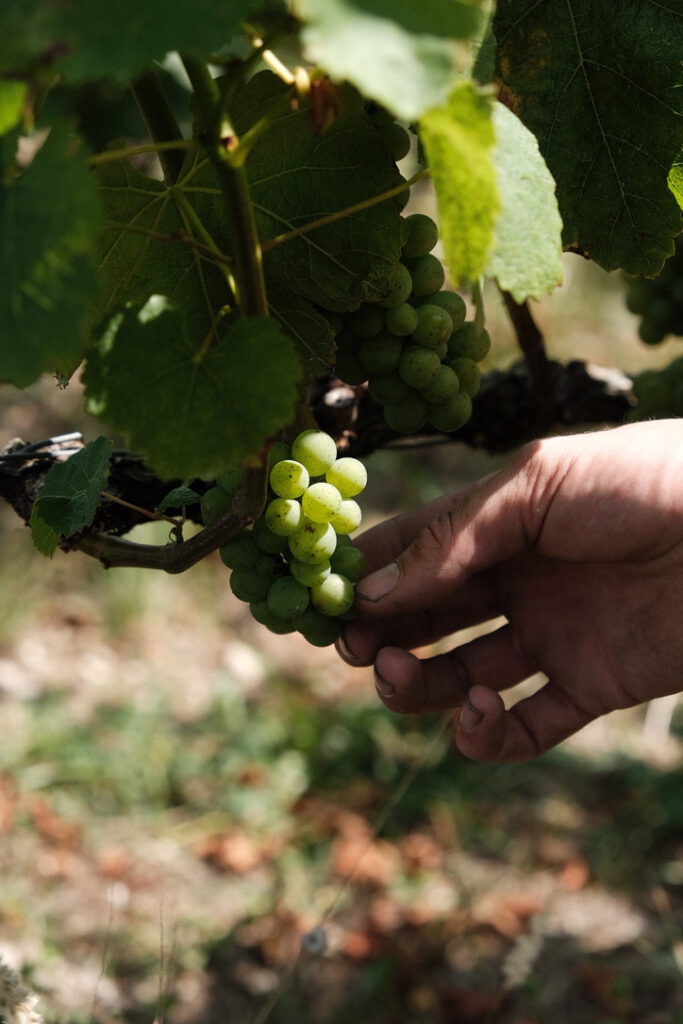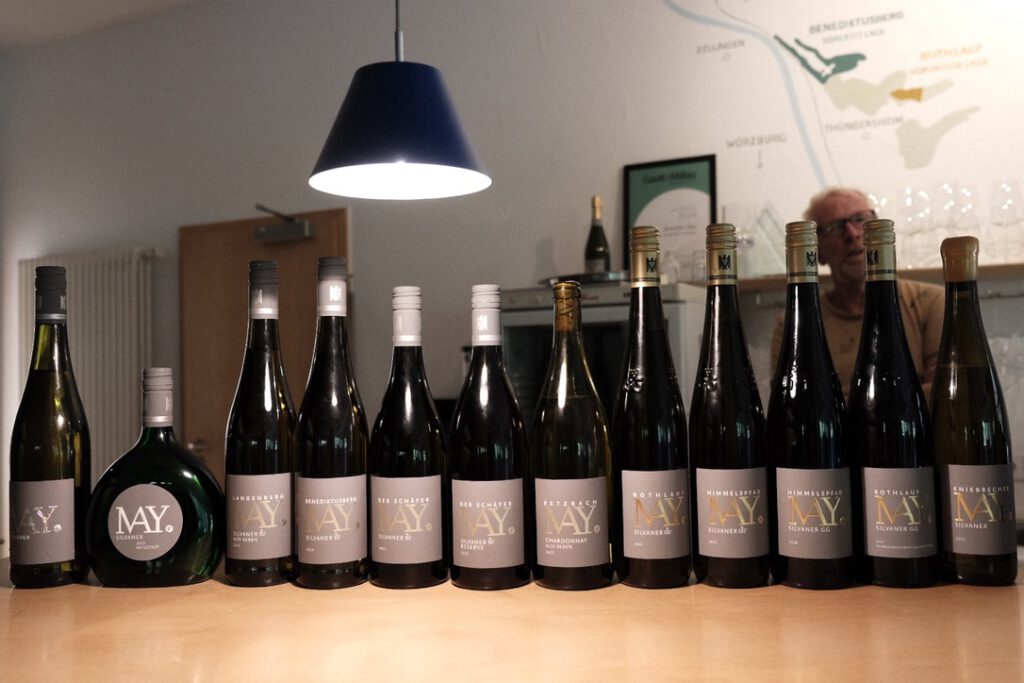What impressed me most that day at the Mays wasn’t just the quality of the wines — undeniably among the best — but the people behind them. Rudi, the visionary with earthy hands, who gives each vineyard a personality. His wife Petra, undoubtedly the soul and backbone of the family. And Benedikt, the creator, who is leading his parents’ legacy into the future. Their different characters complement each other perfectly. Rudi is the calm, steady force who seems to understand nature like no other. Benedikt, on the other hand, with youthful drive, is seeking new paths without losing sight of his roots.
By the end of the day, I felt like I hadn’t just visited a winery, but a place where wine culture is lived in its purest form. The Mays have managed to strike a balance between tradition and innovation, between the old and the new.
And the Kniebrecher? It’s now in my cellar. Yet every time I pass by it, I feel as though it’s calling to me. Perhaps it’s not just the wine that fascinates me, but the story it tells. A story deeply rooted in the soils of Franconia, brought to life by a family that knows how to make the best of it.
